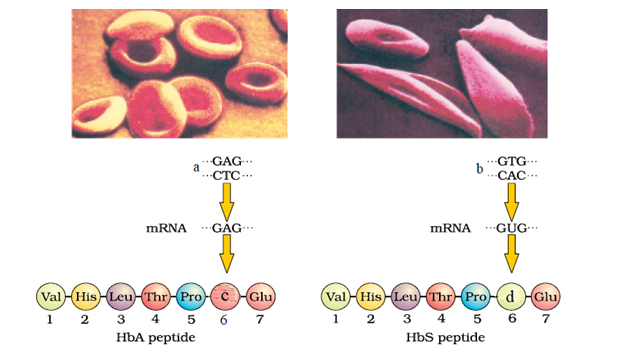India has a rich cultural heritage that is reflected in its various national symbols. These symbols hold great significance and represent the diverse and vibrant nature of the country. Here are some of the important national symbols of India:
1-National Animal of India (Bengal Tiger)
The Bengal Tiger (Panthera tigris tigris) is the national animal of India. It is known for its strength, grace, and beauty. The tiger represents India’s wildlife heritage and the importance of conservation efforts to protect endangered species.
2-National Bird (Indian Peacock)
The Indian Peacock (Pavo cristatus) is the national bird of India. It is renowned for its stunning plumage and majestic dance during the monsoon season. The peacock symbolizes grace, beauty, and pride.
3-National Flower of India (Lotus)
The Lotus (Nelumbo nucifera) is the national flower of India. It is a sacred flower in Indian culture and holds symbolic significance in various religions. The lotus represents purity, enlightenment, and spiritual growth.
4-National Tree of India (Banyan)
The Banyan tree (Ficus benghalensis) is the national tree of India. It is revered in Hindu mythology and is often referred to as the “Kalpavriksha” or the wish-fulfilling tree. The banyan tree symbolizes longevity, wisdom, and immortality.
5-National Fruit of India (Mango)
The Mango (Mangifera indica) is the national fruit of India. It is a tropical fruit widely grown and consumed throughout the country. The mango represents the richness and diversity of Indian agriculture.
6-National Aquatic Animal of India (Gangetic Dolphin)
The National Aquatic Animal of India is the Gangetic Dolphin (Platanista gangetica). Also known as the South Asian River Dolphin or the Ganges River Dolphin, it holds a special status in India’s biodiversity and cultural heritage. The Gangetic Dolphin is primarily found in the Ganges-Brahmaputra-Meghna and Karnaphuli-Sangu river systems. It is known for its unique appearance, with a long snout and a stocky body, and its ability to navigate and communicate in muddy and turbulent river waters. Recognized as an indicator of the health and well-being of river ecosystems, the Gangetic Dolphin represents the conservation and protection of India’s rivers and their associated biodiversity. Its designation as the National Aquatic Animal highlights the importance of safeguarding these habitats and promoting sustainable practices to preserve the country’s aquatic resources.
7-National Vegetable of India (Pumpkin)
The national vegetable of India is the pumpkin (Cucurbita maxima). It is known as “Kaddu” or “Gummadikaya” in Hindi and Telugu, respectively. The pumpkin holds significant cultural and culinary importance in Indian cuisine and is widely cultivated throughout the country.
Pumpkins are a type of winter squash and belong to the Cucurbitaceae family. They have a round or oblong shape, with a thick, orange or yellowish skin and a sweet, fibrous flesh. In India, pumpkins are used in various traditional dishes, both savory and sweet.
One popular Indian recipe featuring pumpkin is “Pumpkin Curry” or “Kaddu ki Sabzi.” It is prepared by cooking diced pumpkin with spices like cumin, turmeric, coriander, and red chili powder. The dish is often garnished with fresh cilantro leaves and served with roti (Indian bread) or rice.
Pumpkins are also used to make desserts like “Pumpkin Halwa” or “Kaddu ka Halwa.” This sweet dish is made by grating or pureeing the pumpkin and cooking it with ghee (clarified butter), sugar, and milk. It is flavored with cardamom, garnished with nuts, and enjoyed as a festive treat during special occasions.
Besides its culinary uses, pumpkin is valued for its nutritional benefits. It is rich in vitamins A, C, and E, as well as minerals like potassium and magnesium. The seeds of the pumpkin, known as “pumpkin seeds” or “kaddu ke beej,” are also consumed as a snack or used in cooking.
As the national vegetable of India, the pumpkin symbolizes the country’s diverse agricultural heritage and the significance of vegetables in Indian cuisine. It represents the importance of sustainable farming practices and the abundance of nutritious food that the land provides.
8-National Heritage Animal of India
The national heritage animal of India is the Indian Elephant (Elephas maximus indicus).
In India, elephants hold great cultural, religious, and historical significance.
They are deeply ingrained in Indian traditions and are revered as sacred animals.
Elephants are associated with Hindu mythology and are often depicted as the vehicle (vahana) of Lord Ganesha, the elephant-headed god of wisdom and prosperity.
They are also an integral part of religious festivals and processions in various parts of the country.
Moreover, elephants have played important roles in Indian history.
They were used as war elephants by ancient Indian kingdoms and were highly valued for their strength, intelligence, and loyalty.
Even today, they are used in ceremonial events like weddings and religious ceremonies.
Recognizing the cultural and historical importance of elephants, the Indian government declared the Indian Elephant as the national heritage animal in 2010 to promote their conservation and protection.
Efforts are being made to safeguard their habitats, address human-elephant conflicts, and ensure the well-being of captive elephants in the country.
The Indian Elephant represents the rich natural and cultural heritage of India and serves as a symbol of the country’s deep connection with its wildlife and traditions.
Thanks from Author’s side
Hope you like this post of mine, however, if you have any suggestion, update or find any mistake, please let tell us, we will try to share it in the post.
Thank you for your time









